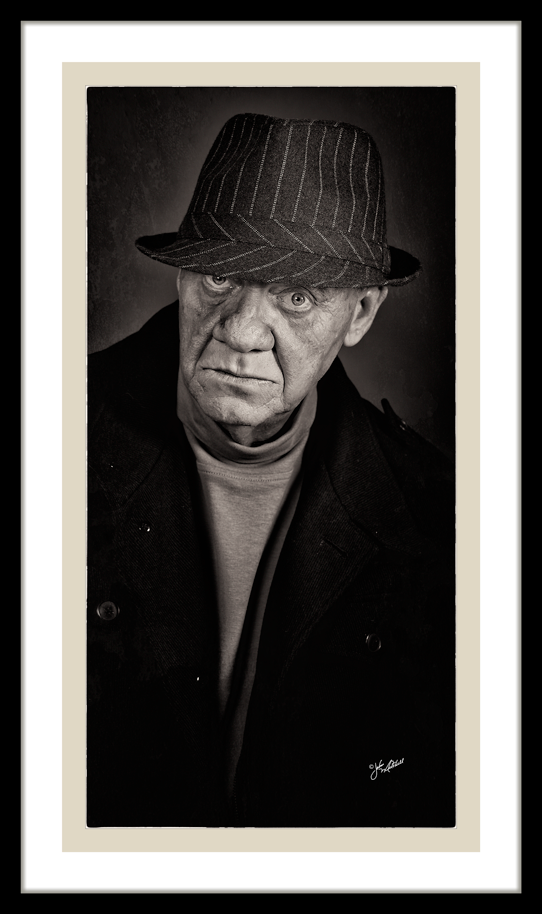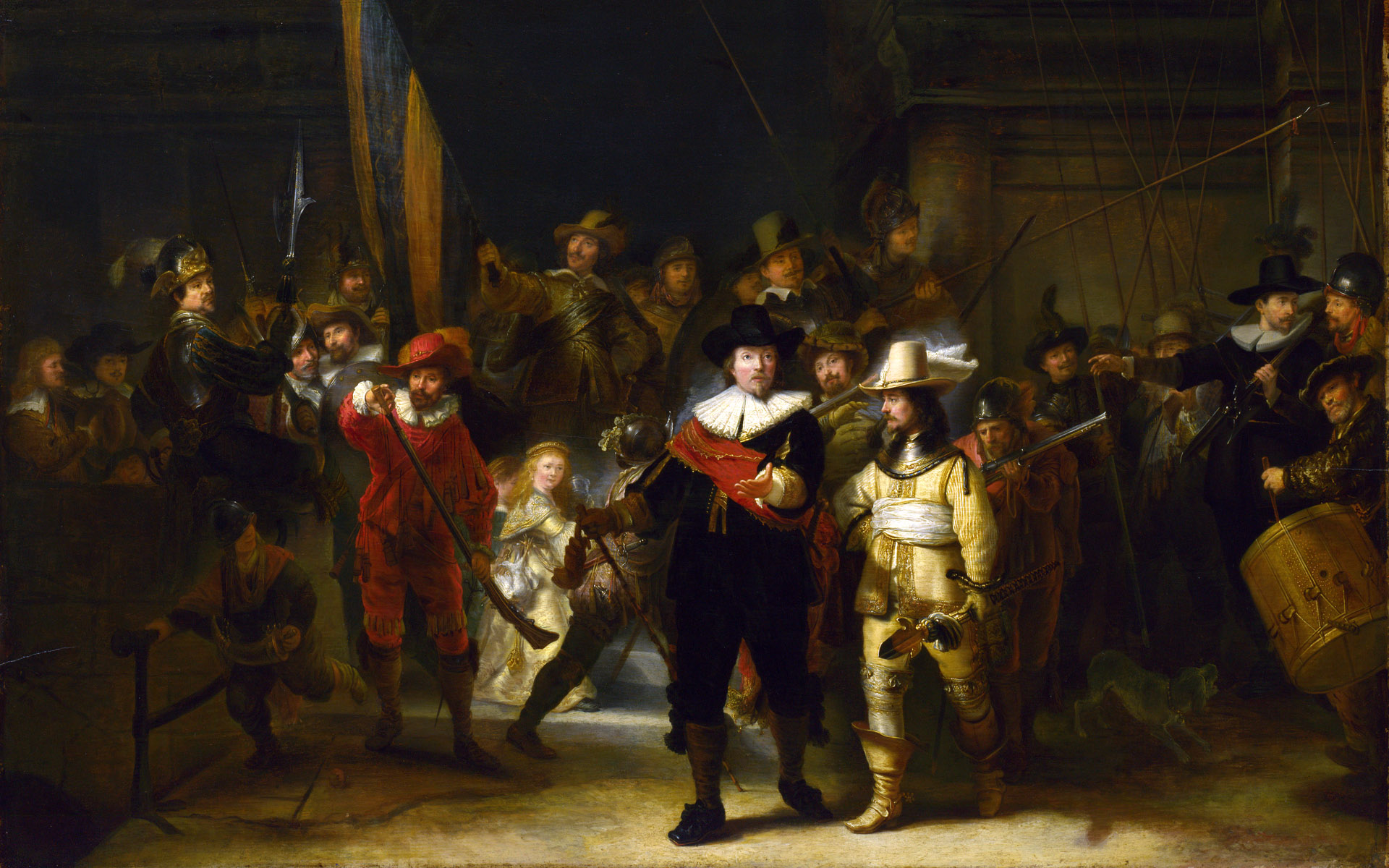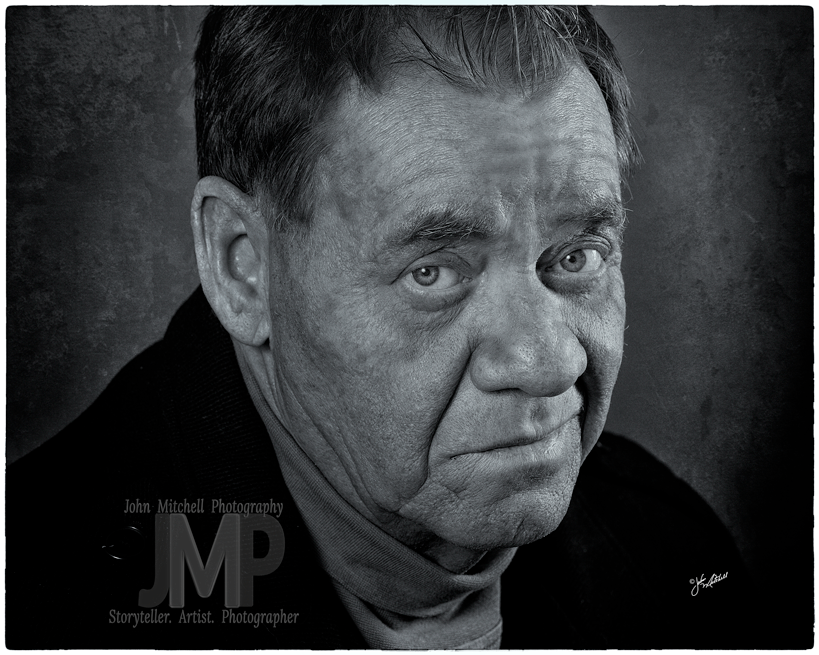You’re in your seat waiting for the performance to start.
You’ve had tickets for months and fondly anticipated this live performance. Just before the show starts the master of ceremonies steps on stage announcing the lighting crew didn’t show up for tonight’s performance. They will proceed anyway, but will leave the house lights on. You will still see the same performers and hear the same music from the same orchestra; you just won’t have the benefit of the lighting. Are you happy? Do you feel you got your money’s worth?
 When I arrive for a portrait at the client’s home or office, I very often “I didn’t realize you would bring so much stuff,” or “I thought you would just come with a camera and a flash, is all this stuff necessary” or “I cleared an area by the window over there so you would have good light.”
When I arrive for a portrait at the client’s home or office, I very often “I didn’t realize you would bring so much stuff,” or “I thought you would just come with a camera and a flash, is all this stuff necessary” or “I cleared an area by the window over there so you would have good light.”
As a portrait artist I am also the lighting crew.
Let’s go back to the theatre for a moment. Imagine the actors going about their job on stage, the great music, the comedy, and the drama. But where do you look? Is it day or evening? Is the sun shining or is there lightning going off? Lighting tells you the time of day, is it indoors or outdoors, what the weather is like, and just like an artist leading the viewers eyes to the point of importance, the lighting director leads the audience. You don’t see the villain enter the stage because under the direction of the lighting crew his entrance is done in shadows.

Artist: Gerrit Lundens (after Rembrandt)
Date made: after 1642
Source: http://www.nationalgalleryimages.co.uk/
Contact: picture.library@nationalgallery.co.uk
Copyright (C) The National Gallery, London
In Rembrandt’s painting, he has used the light to draw attention to the important subjects within the piece. the lesser players receive a proportionate lessor amount of light and attention.
An untrained camera owner, masquerading as a photographer is much like the performance with no lighting crew. They work with the light that is available, measure it, and make technical adjustments to the camera for a good exposure.

The “master” photographer has a preconceived idea of the mood and atmosphere required to produce the desired emotional response. They study their subjects, look for positive and negative features: is one eye larger than the other, are the eyes deep set or narrow, is there a hook or crook to the nose, etc. They know what shutter speed is needed, what aperture is required to create the amount of desired focus. They make the camera settings that will yield the result they need and then build the lighting giving consideration to both its intensity and quality. The lights are positioned to paint the subject with the light that will produce the mood and atmosphere that will have a visually emotional appeal.
I recently read a well written article from a photographer that went from MWAC (mother with a camera) to a master photographer. She talks about the importance of mentors and competition. You can read that article by clicking here.
When you hire a photographer, don’t be disappointed with somebody that does “available light” only. Hire one that comes with a lighting crew as well.
I’m John Mitchell and I am a master photographer. I’m also the lighting crew. For further information you can contact me through this contact form or by calling me at 519-624-8460



